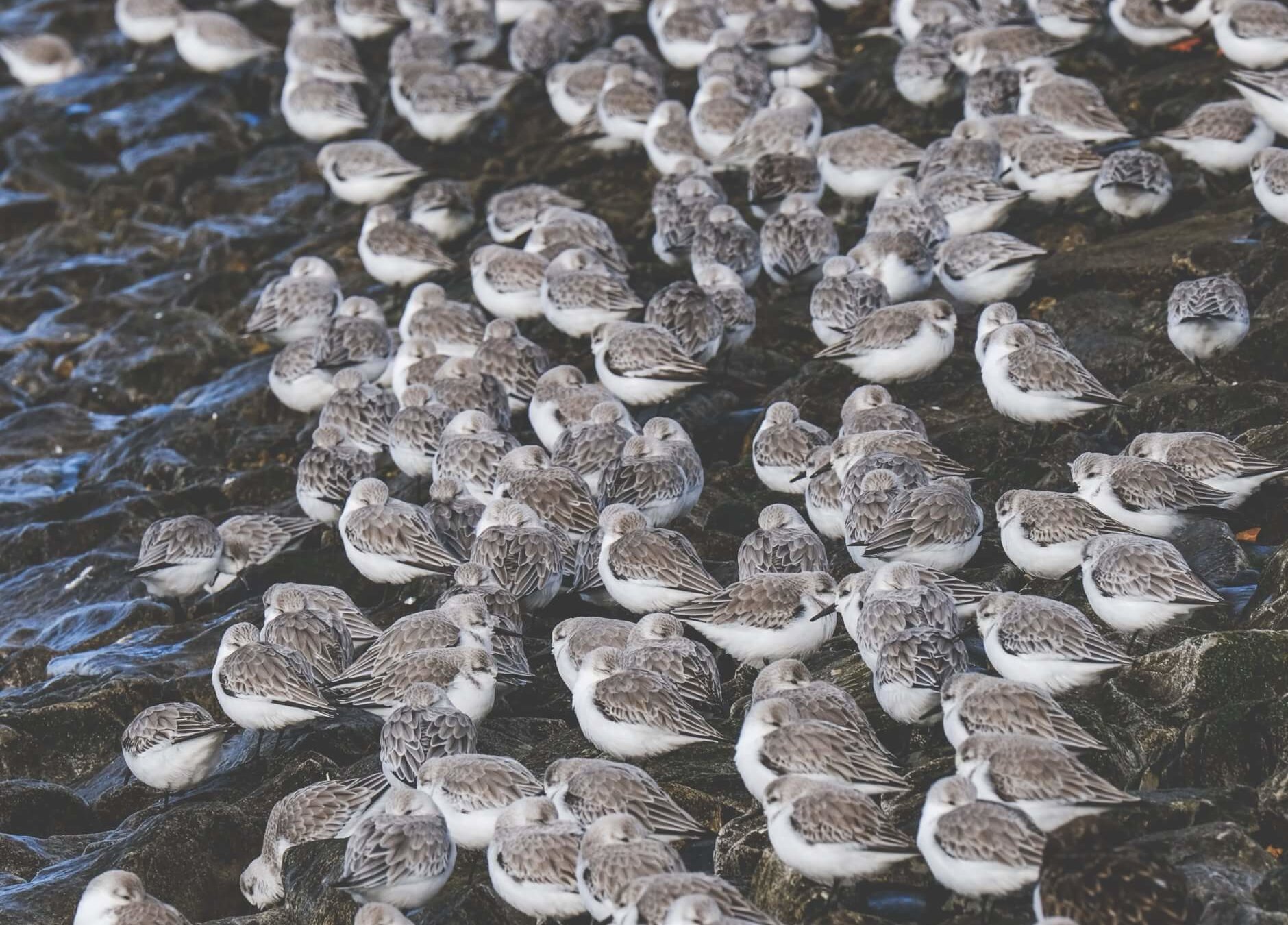By Heather Galindo
Published April 14, 2015
Title: Extra! Extra! Read All About It!
Categories: Media, Communication
Tags: context, frames, informing, journalists, Message Box, So What?, social media, tools, training, Twitter
Whether for a scientific paper or a news article, titles and headlines have a pretty tough job. They need to grab your attention and make you want to know more, while also avoiding false pretenses that leave you feeling betrayed by time you are halfway through reading. Many scientists often view these things as an add-on, but studies have shown that headlines can significantly influence readers. And we have found that thinking about headlines can actually be a useful way to take your Message Box to the next level. Of course, scientists don’t get to choose headlines for news stories about their work – in fact, that task usually goes to the editor of the piece – but thinking about what you would like the headline to say can be a useful exercise in distilling your science down even further.
Thinking about what you would like the headline to say can be a useful exercise in distilling your science down even further. Image by Hendo101: CC BY-NC-ND 2.0
At some of our recent trainings, we’ve begun asking scientists to think about the headlines they would like to see on a story they were interviewed for based on their completed Message Box. Admittedly, some of their ideal headlines are a bit long to be an actual news headline, but the goal is to come up with something punchier than an academic paper title, while not getting too deep into hyperbole. These “headlines” are an incredibly succinct lead into the science – usually with heavy emphasis on the “So What?”
To contrast with these “good” headlines, we also ask scientists to come up with a headline they would really not like to see on a story resulting from their interview. In addition to often providing a bit of comic relief, these “bad” headlines can help scientists identify and articulate the messages they want to avoid conveying.
To give you a better sense of how this works, here are a few examples from a recent workshop:
Good Headline: Your Health And Heat: Could Your Medical Emergency Be The Result Of Climate Change? Bad Headline: Climate Change Ruins Summer Fun
Good Headline: Making Precision Medicine More Precise: How Our Environment May Soon Change Our Medical Treatment Bad Headline: Why Toxic Chemicals May Be Good For You
Good Headline: Cities Become More Disaster Resilient By Looking Inward Today To Build Stronger Tomorrow Bad Headline: Double Disaster: City Government Prevents Communities From Picking Up The Pieces After Catastrophe
What you can see across all of these “good” examples is that the scientists are not only trying to catch the reader’s attention, but also focus on providing answers and making connections so people can be more informed about the topic of the story. In contrast, the “bad” headlines are significantly more focused on doom and gloom, finger pointing, or misrepresenting what the research actually shows. This does not necessarily mean that these factors are intrinsic characteristics of “good” or “bad” headlines, but instead that these are themes that we see scientists more often wanting to emphasize or avoid, respectively.
Now that you have a few examples and have mastered your Message Box (right?), we hope you’ll take up the challenge of this headline exercise as well. If you need more inspiration, check out #buzzfeedthesis which features some brilliant and hilarious BuzzFeed-style PhD thesis titles. We’d love to see some of your examples in the comments below or extra points if your headline fits into a tweet (#SciHeadline)!
Heather Galindo worked at COMPASS from 2010-2015.This post was transferred from its original location at www.compassonline.org to www.COMPASSscicomm.org, August 2017.

